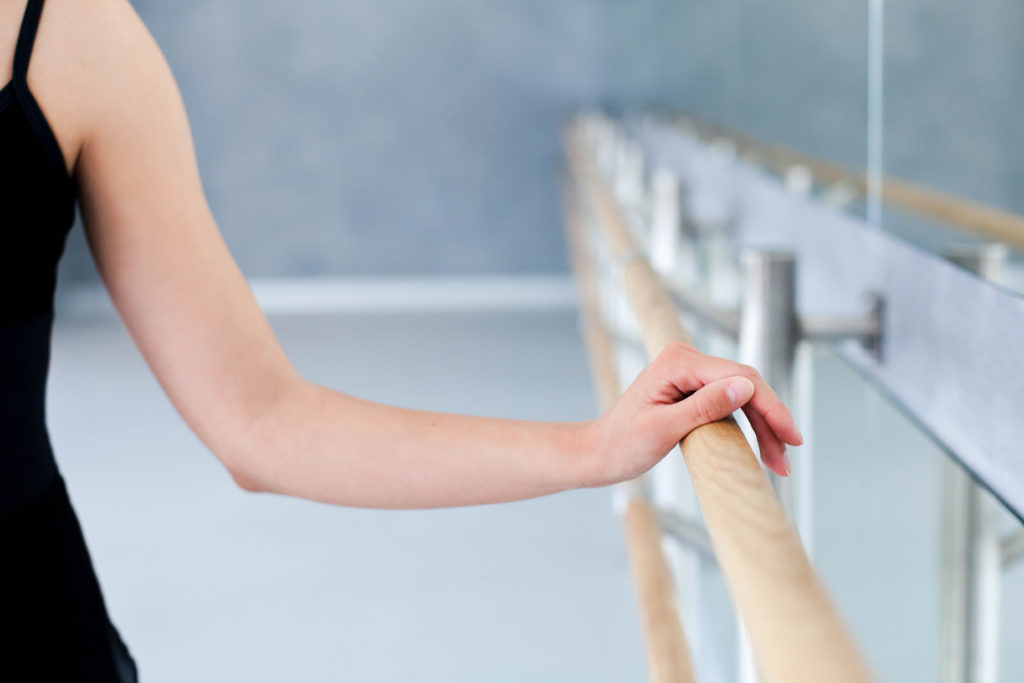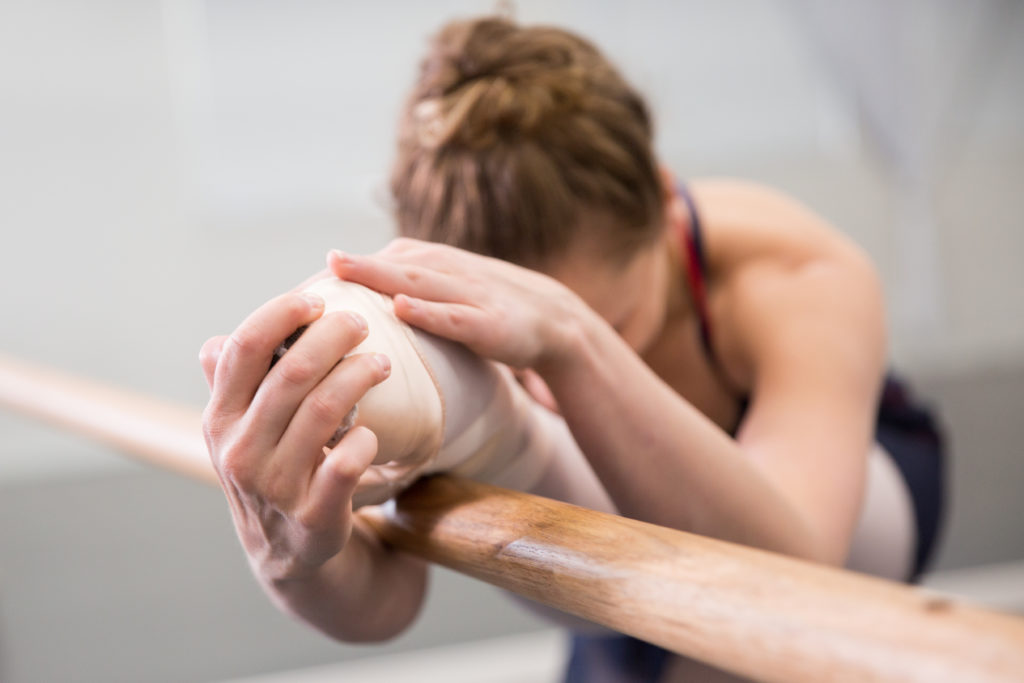Picture this. You walk into the rehearsal studios of the Australian Ballet in Melbourne. What do you see?

A room filled with long, lean ballerinas, some with their leg extended vertically up against a wall, some casually chatting to their friends while they sit so deep in the splits, they’ve placed blocks under their heels to intensify the stretch?
Well, think again. If you walk into the halls of the Australian Ballet, you’ll not find stretching apparatus anywhere. And that is because of one core belief: Strength trumps stretch.
In the early 2000’s the Australian Ballet was plagued by an alarming number of lower limb injuries. There needed to be a change to the way in which these dancers were training.
The theory behind it was quite simple:
Why were dancers passively stretching their (already very flexible) muscles to such extreme ranges of movement, putting excessive load through their joints and tendons, when what they really needed was the strength to lift, hold and propel their limbs?
Fast forward to 2021, where the injury rates are so low at the AB that their physiotherapy team has now conducted loads of research into the area.
Turns out, you do not need to spend all your time stretching to be flexible. Strong muscles have less need to become “tight”, therefore, in many ways, strength begets flexibility.
What? But I’ve always been told to stretch!

Don’t worry! We’re not saying to completely forget about stretching altogether; however, it must be done appropriately. Strong muscles help protect and support your joints, which mean they can handle whatever load you throw at them. Muscles that are genuinely tight should be adequately warmed up, moved through a good range of movement, and dynamically stretched to prepare them for whatever activity you are about to do. An extensive study in 2014 reviewed over 26,000 subjects, and the results were gobsmacking: It was found that improved strength reduced injury by nearly 70% while stretching did not reduce injuries significantly at all. [1]
Physiotherapy techniques including muscle releases, joint mobilisations, dry needling, and massage therapy can also be useful to treat muscle tightness where it is a problem. However, it pays to remember – tight muscles are often weak muscles.
Ok. So, what do I do before I exercise?
Start with a gentle warm up, a brisk walk, a gentle jog, or some squats. Then do some dynamic stretches, such as lunge walking, arm swings, or leg swings. Remember, the goal is to warm your muscles up to make them respond better to whatever activity is coming.
And what about strengthening?
Strength should be approached carefully and methodically – and under the watchful eye of your physiotherapist. A good strength program to help prevent injury is specifically designed for the individual. Taking the time to address your strength deficits is crucial for injury prevention.
We’re here to help

Did you know that our team at Q Pilates is comprised of a group of dedicated physiotherapists, who are passionate about injury prevention and rehabilitation? We also run physiotherapist-led exercise classes, where each individual is assessed and provided with a specific, personalised program to work on their own weaknesses.
If you are serious about taking care of your body, we would be delighted to work with you to build your strength, and, in turn, improve your flexibility and decrease your risk of further injury.
References:
[1] Lauersen JB, Bertelsen DM, Andersen LB. The effectiveness of exercise interventions to prevent sports injuries: a systematic review and meta-analysis of randomised controlled trials. Br J Sports Med. 2014 Jun;48(11):871-7. doi: 10.1136/bjsports-2013-092538. Epub 2013 Oct 7. PMID: 24100287.
